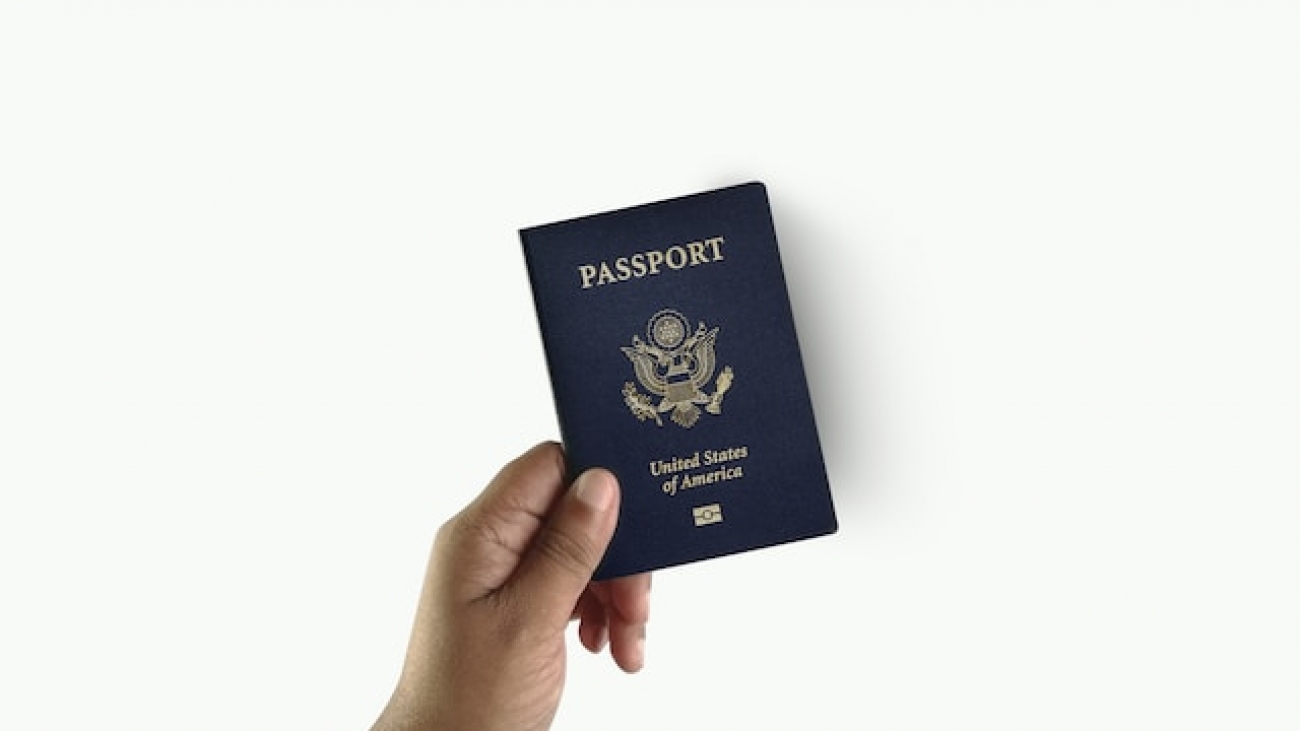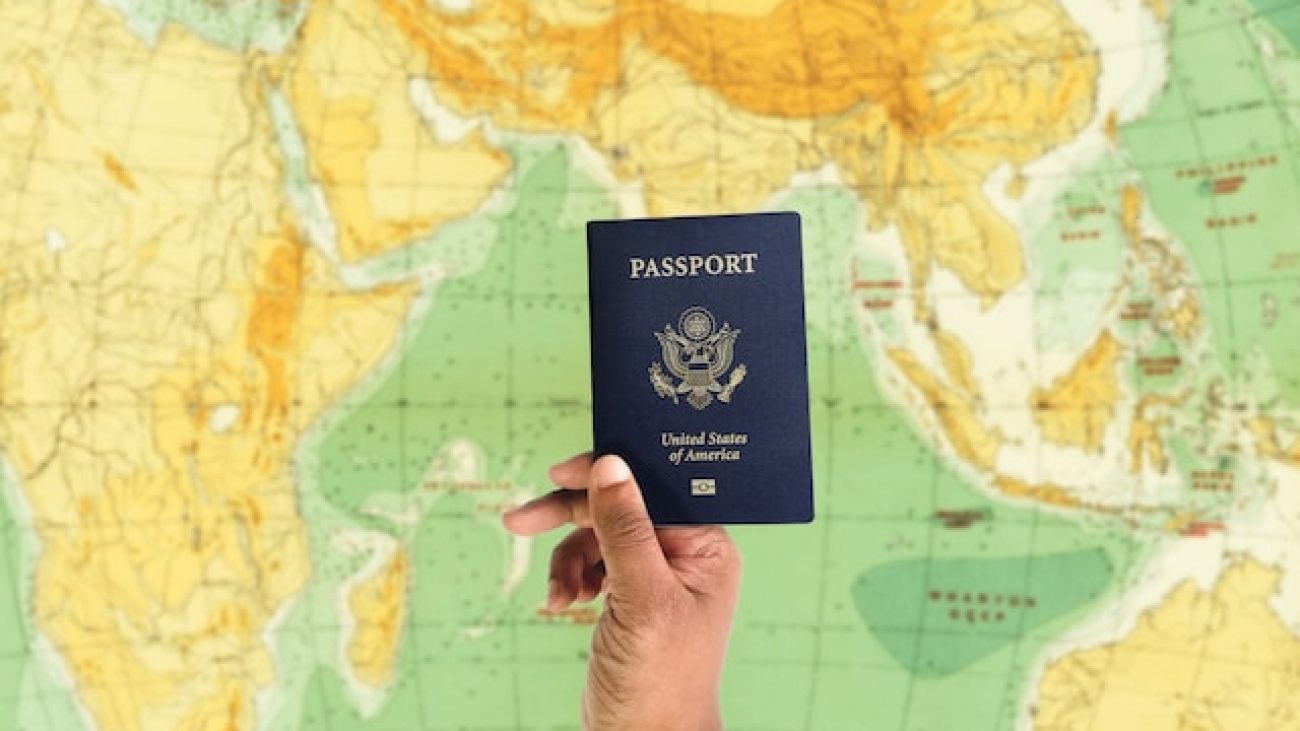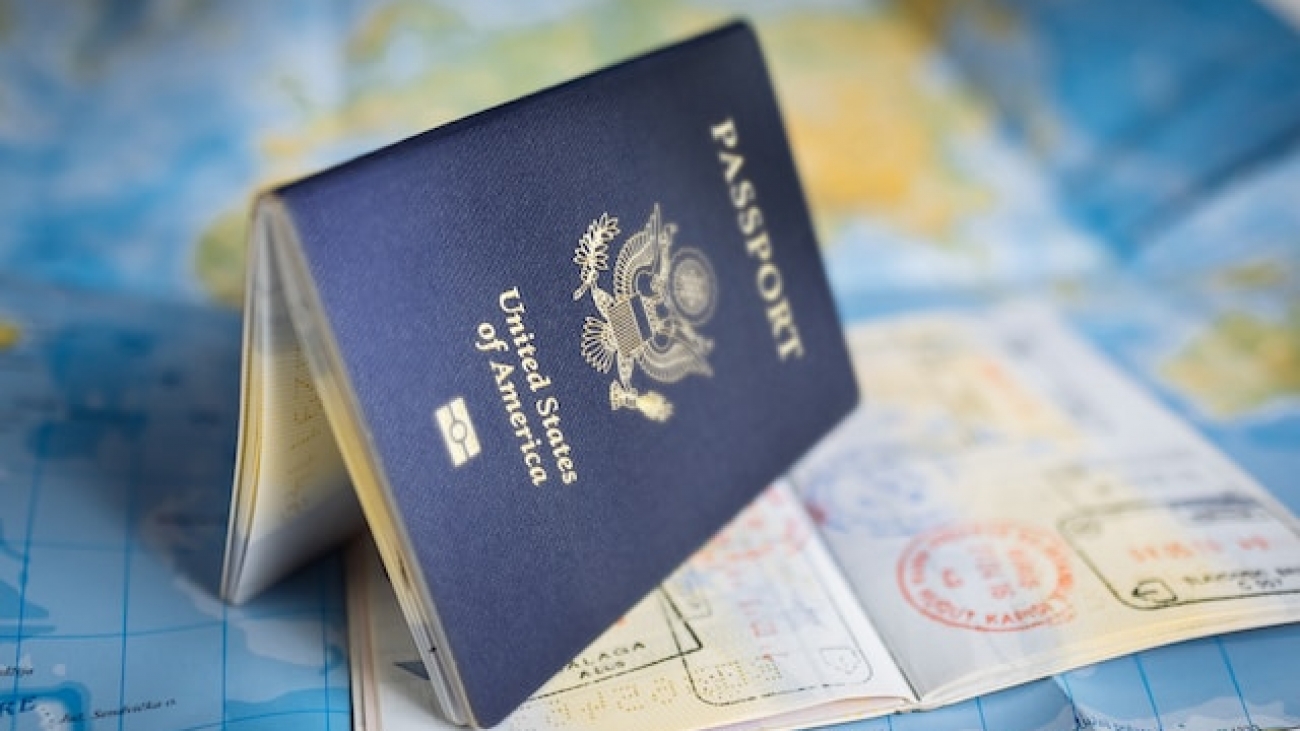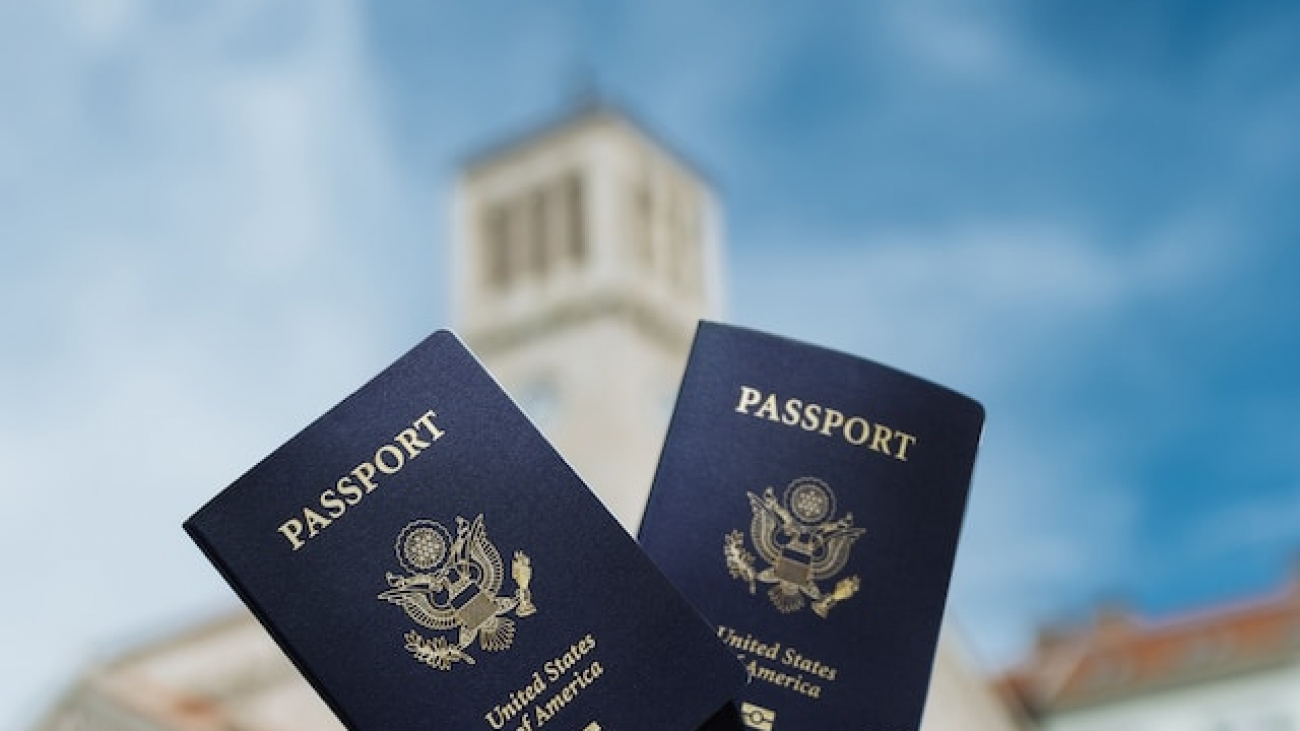Non-immigrant visa applications for the United States can be refused for various reasons. The most common reasons for refusal include:
- Lack of Strong Ties to Home Country: If the consular officer determines that you do not have sufficient ties to your home country, they may refuse the visa application. Strong ties can include stable employment, property ownership, family relationships, and other commitments that indicate your intention to return.
- Incomplete or Inaccurate Documentation: If your application is incomplete or contains inaccurate or inconsistent information, it can lead to a visa refusal. It is essential to provide all required documentation and ensure that the information provided is accurate and consistent.
- Inadequate Financial Means: If you fail to demonstrate that you have sufficient funds to cover your travel expenses, including transportation, accommodation, and daily living costs, your visa application may be refused. Providing appropriate financial documentation is crucial.
- Previous Immigration Violations: If you have violated immigration laws or regulations in the past, such as overstaying a previous visa or engaging in unauthorized employment, it can lead to a visa refusal. A history of immigration violations raises concerns about your compliance with visa terms.
- Security Concerns: If the consular officer believes there are security concerns associated with your application, such as a criminal record or involvement in activities that raise suspicion, it can result in a visa refusal.
- Lack of Purpose or Intent: If you fail to clearly demonstrate the purpose of your visit or provide a convincing intent to return to your home country, your visa application may be refused. It is important to provide supporting documentation and explain your reasons for traveling to the United States.
- Inadequate Travel History: If you have a limited travel history, especially to countries with similar visa requirements as the United States, it may raise concerns about your intentions and lead to a visa refusal.
It’s important to note that visa application processes and refusal reasons can vary based on individual circumstances and the specific visa category. If your visa application is refused, you will typically receive a letter explaining the reasons for the refusal. You may have the option to reapply or, in some cases, file an appeal or seek a waiver depending on the circumstances of the refusal. It is advisable to consult with an immigration attorney or seek guidance from the U.S. embassy or consulate for further assistance.




